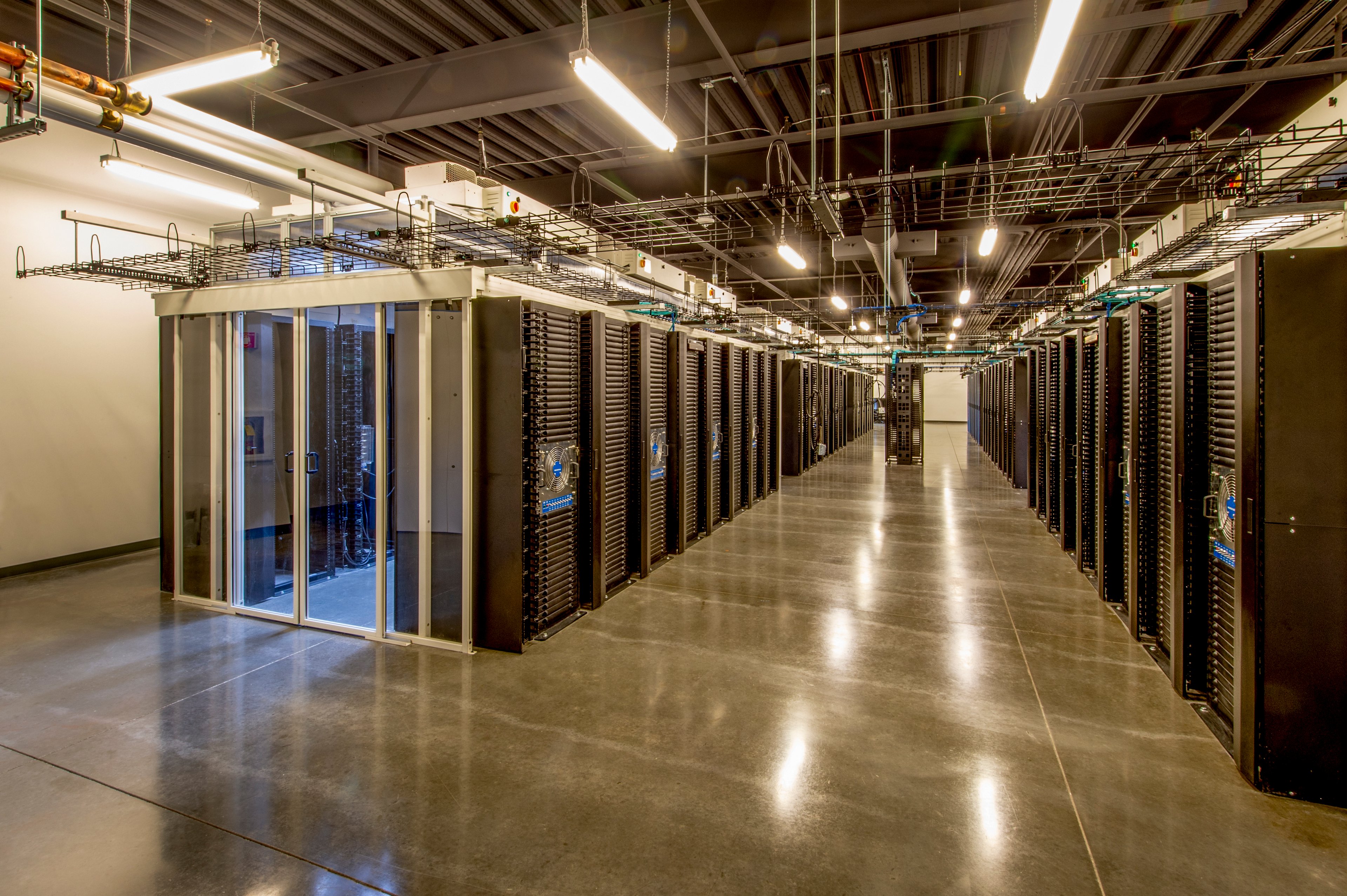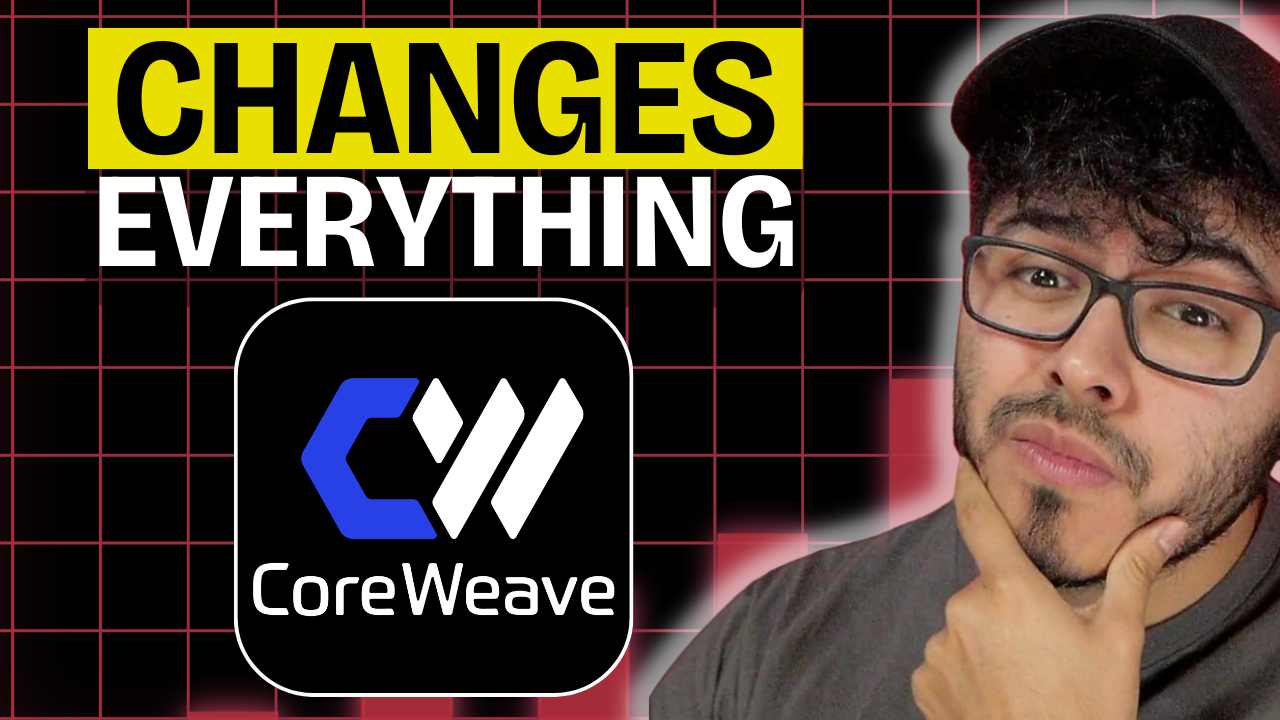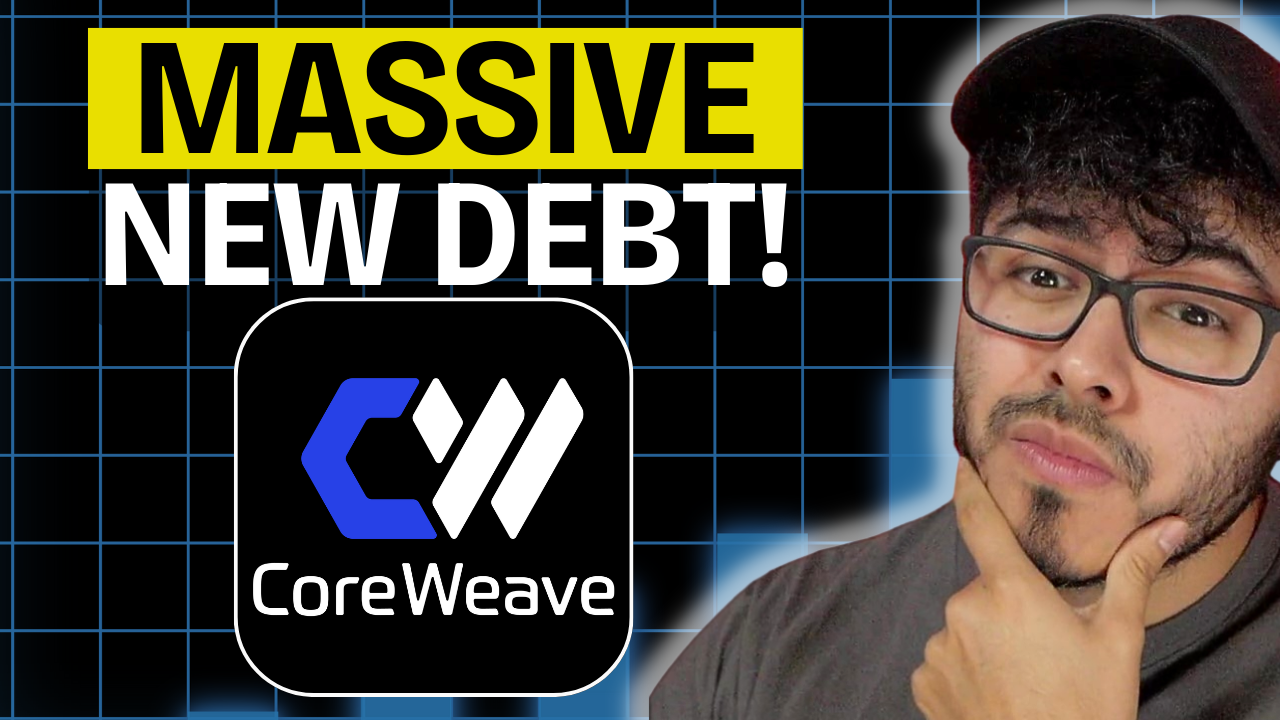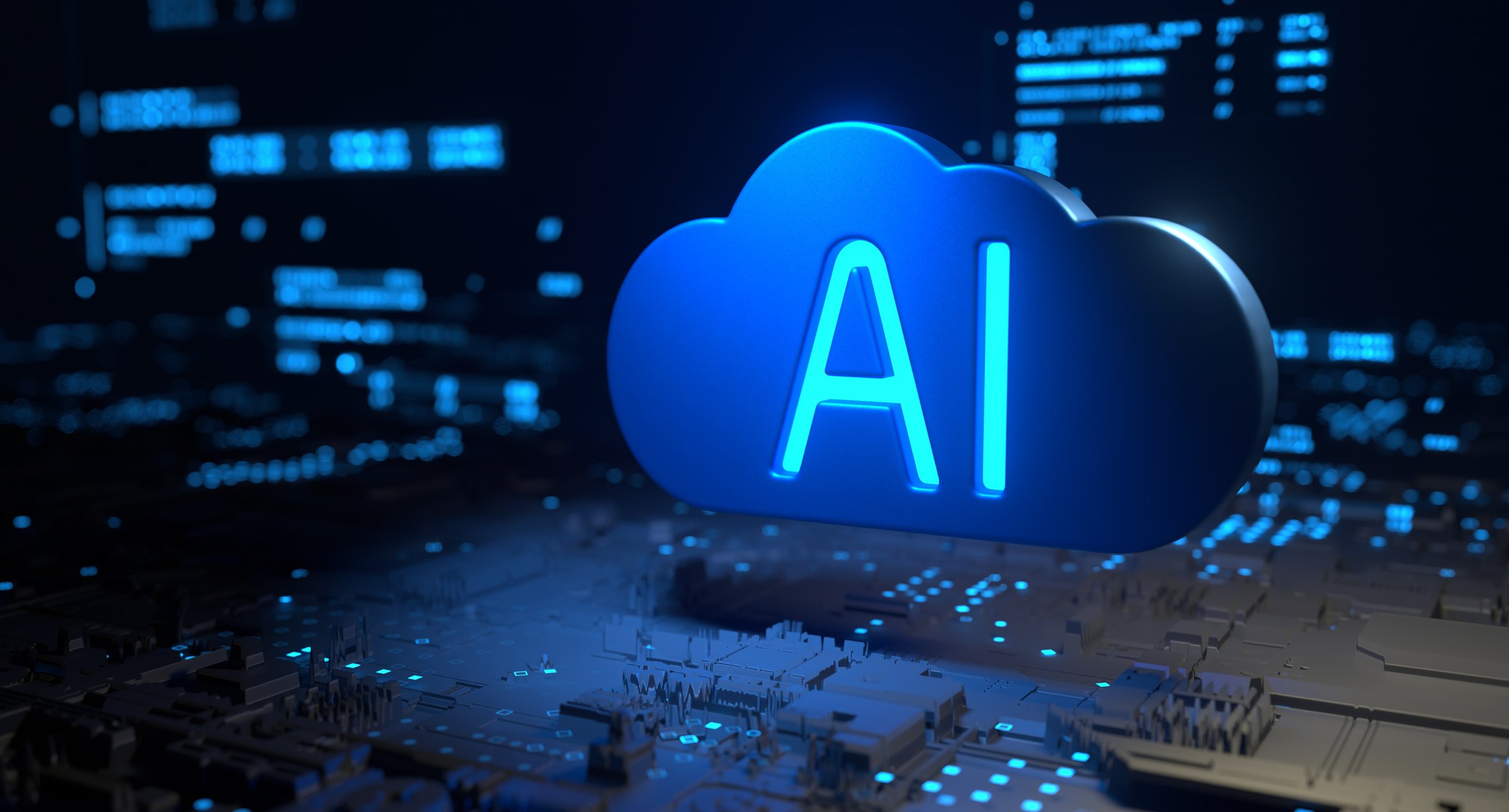Demand for artificial intelligence (AI) infrastructure is booming, and CoreWeave (CRWV 10.06%) is a major beneficiary. The company leases out graphics processing unit (GPU)-powered AI computing capacity to the biggest names in the AI industry, including OpenAI, Microsoft, Meta, Mistral, and many others. CoreWeave's revenue more than tripled year over year to $1.2 billion in the second quarter, and the company's backlog exceeds $30 billion.
CoreWeave isn't profitable -- not even close. On that $1.2 billion in revenue in the second quarter, the company's GAAP net loss was $291 million. Operating income was just barely positive, but interest payments on the company's massive debt load dragged the bottom line deep into the red. CoreWeave is on pace to pay more than $1 billion in interest this year.

Image source: Getty Images.
A gross margin disconnect
One question that investors need to ask before investing in a company like CoreWeave is whether or not the business of leasing AI infrastructure is attractive. The Information reported earlier this month that Oracle, a tech giant that's feverishly building out AI data centers as part of its cloud computing business, was struggling to achieve gross margin above 25% in the AI infrastructure business. The average gross margin across Oracle's AI infrastructure contracts, according to internal documents seen by The Information, was just 16%.
Gross margin is the percentage of revenue left over after the cost of goods sold (sometimes referred to as the cost of revenue) is subtracted out. The cost of revenue should include any costs directly involved in producing and delivering products and services to customers.
For a cloud computing provider, cost of revenue should include any costs associated with operating data centers. These would include some personnel expenses, data center rent, depreciation of data center equipment like servers and networking gear, electricity, network and bandwidth charges, and anything else that's required to provide computing capacity to customers.
Oracle is aiming to generate a gross margin of around 35% in its AI infrastructure business, but it's unclear if or when the company will reach that target. A quick look at CoreWeave's financial statements reveals something interesting, given Oracle's situation: CoreWeave's gross margin during the second quarter was a staggering 74%. On $1.2 billion in revenue, the company recorded a cost of revenue of just $313 million.
Is CoreWeave structurally more profitable than Oracle or any other AI infrastructure provider? Does the company somehow buy the same GPUs as everyone else but operate them more efficiently or charge far more than its competitors? The answer is no across the board.
So what's CoreWeave's secret?

NASDAQ: CRWV
Key Data Points
A little accounting magic
Inexplicably, CoreWeave splits its spending into a set of categories that makes it impossible to figure out the company's "true" gross margin. CoreWeave's cost of revenue really should include all costs required to fulfill its AI infrastructure contracts -- but it doesn't. It includes rent, electricity costs, some personnel costs, and depreciation of only the power installation and distribution systems.
It's missing the depreciation of servers, GPUs, network switches, and other server components. Given how expensive GPUs are, this depreciation is a large component of overall costs.
That missing depreciation is instead lumped into the technology and infrastructure category, which also includes research and development costs and various other expenses. Part of technology and infrastructure spending belongs in the cost of revenue, while the rest should be considered operating costs. Because CoreWeave mixes them together, the company's "true" gross margin is a mystery.
Why is this important? Investors should always be on the lookout for red flags.
CoreWeave's cost categorization is bizarre. In general, when companies do something like this, I assume that they're trying to hide something. In CoreWeave's case, that something would be its real gross margin, an important metric for investors trying to determine how attractive the AI infrastructure business really is.
There are plenty of good reasons to avoid CoreWeave stock. These include a frothy valuation, massive GAAP losses, questions about the sustainability of the AI boom, etc. The lack of transparency around gross margin is another reason.
The definition of cost of revenue isn't necessarily standardized, varying across industries and even within the same industry. CoreWeave isn't doing anything wrong, in the sense that the SEC isn't going to be knocking on its door.
However, the way it categorizes costs hides key information from investors. I don't trust companies that play little accounting games, and neither should you.





